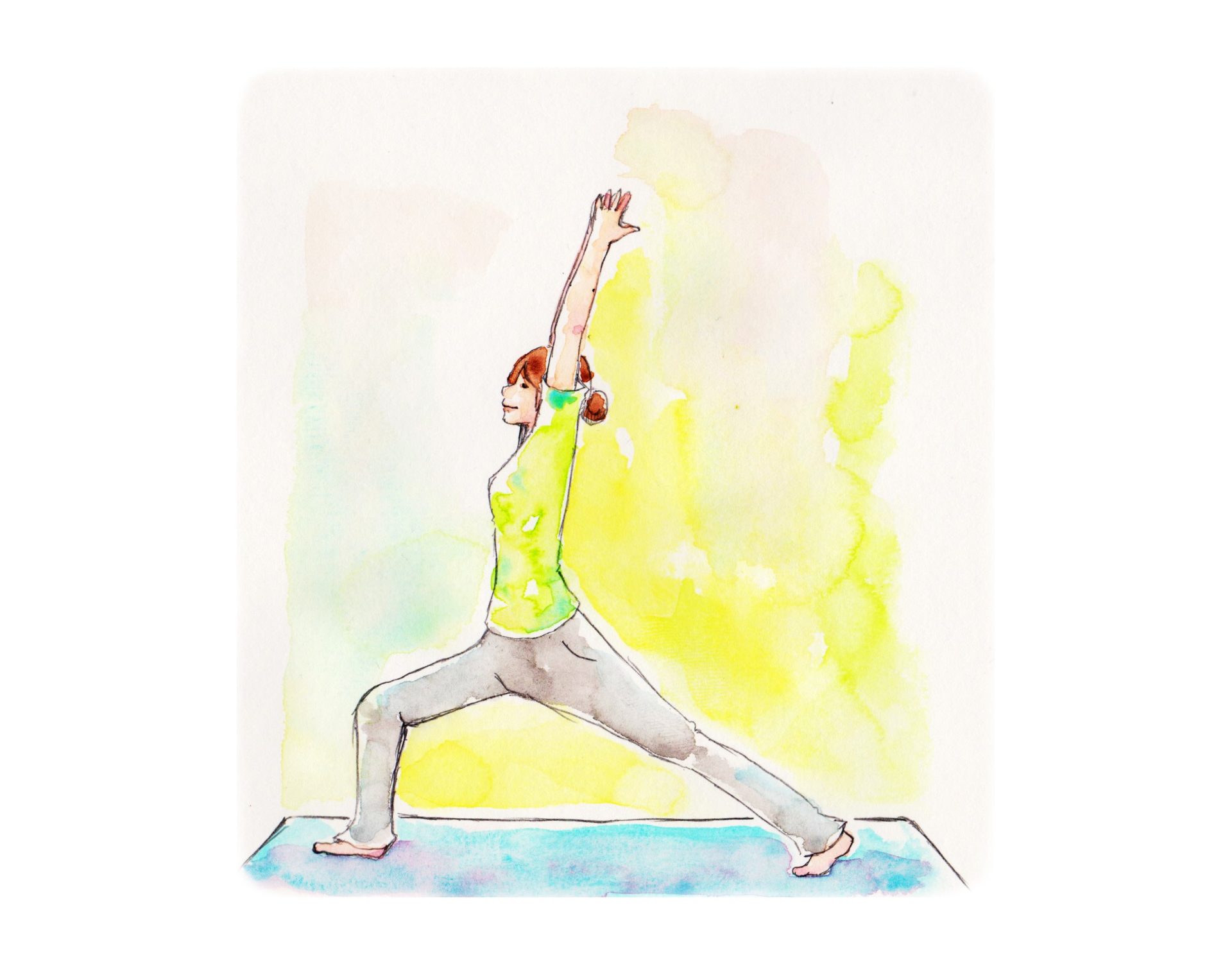On this page, we have shown relatively high-intensity activities for those who aim for a more active lifestyle. Let’s set a reasonable goal and continue a physically active lifestyle.
Indoors: utilize video programs from games, TV, radio, and the internet!

For physical activity in the house, you can use video programs or exercises from video games, TV, radio, and video sites such as YouTube. Find relevant programs that suit your levels of physical activity, which may include aerobics, strength training, stretching, qigong, tai chi, and yoga. If you want to reduce your anxiety levels, we recommend yoga. Let’s get a yoga mat and work on it at your pace.
NHK: Radio Gymnastics
Radio Gymnastics No. 1 https://www.youtube.com/watch?v=feSVtC1BSeQ
Radio Gymnastics No. 2 https://www.youtube.com/watch?v=dzQIMo-Xvyg
NHK: Minna no gymnastics
https://www.nhk.or.jp/d-garage-mov/movie/222-3.html
NHK: Minna de Muscular Gymnastics
https://www.nhk.or.jp/d-garage/program/?program=82
Walkers: Walkers’ exercise against coronavirus (English)
https://www.youtube.com/channel/UCR8FRaRc6y7ogxRjeCl8Rkw/
Outdoors: run outside
If you can go outdoors, try jogging or running, taking care to avoid a close proximity to other people to prevent the spread of COVID-19, as described in the introductory section.
Set a goal and get a sense of accomplishment!
For physical activity to be an established habit, it is effective to set goals and achieve them. When you set a goal, it is important to decide:
- When? (e.g. when you go shopping near your house)
- Where?(e.g. on the stairs of my apartment)
- What? (e.g. going up and down the stairs)
- How much time? (e.g. about 5 minutes in total)
If you set a clear goal, it will be easier to judge whether you have achieved it or not.
If you can feel a sense of accomplishment that “I did it right today!” and you will feel refreshed. Refer to the “Plus Ten” in the introductory section and start by increasing your activity by 10 minutes a day.
Risks of physical activity
For instance, if you have heart disease, the risks of moderate-to-vigorous physical activity may outweigh the benefits. If you have at least one of the following items, please consult your doctor and to determine the risks of the suggested activities:
- Your doctor told you that you have a heart problem (or if you have an abnormality in an electrocardiogram, for example)
- You have had shortness of breath or pain in the chest when exercising
- You have experienced pain in the chest or an irregular pulse when you are not physically active
- You have ever felt dizzy, or lost consciousness
- Your family member died suddenly of unknown causes
- You doctor told that you have a leg or back disorder (e.g., spinal canal stenosis or osteoarthritis of the knee)
- You have experienced pain in the legs or back that gets worse when exercising
Reflections
On this page, we have shown relatively high-intensity activities. Set a reasonable goal and start with 10-minutes activities a day.
<Reference>
The content of this article is based on the information provided below.
Ministry of Health, Labor and Welfare. Physical Activity Standards for Health Promotion 2013.
https://www.mhlw.go.jp/stf/houdou/2r9852000002xple-att/2r9852000002xpqt.pdf.
Japan Society for Exercise and Epidemiology press release. The Japan Society for Exercise and Epidemiology recommends physical activity with sufficient distance between people in and around the house in order to prevent health hazards caused by insufficient physical activity and too much sitting as a result of the request to refrain from going outside as a countermeasure against the new coronavirus infection.
https://www.zaikei.co.jp/releases/989057/.
・WHO. Be Active during COVID-19.
https://www.who.int/news-room/q-a-detail/be-active-during-covid-19.
WHO/Europe. How to stay physically active during COVID-19 self-quarantine.
http://www.euro.who.int/en/health-topics/health-emergencies/coronavirus-covid-19/novel-coronavirus-2019-ncov-technical-guidance/stay-physically-active-during-self-quarantine.
WATANABE, K., and KAWAKAMI, N. Physical activity and mental health in workers: effects of interventions as primary prevention. Journal of Occupational Medicine. 2017; 40: 88 -92.



